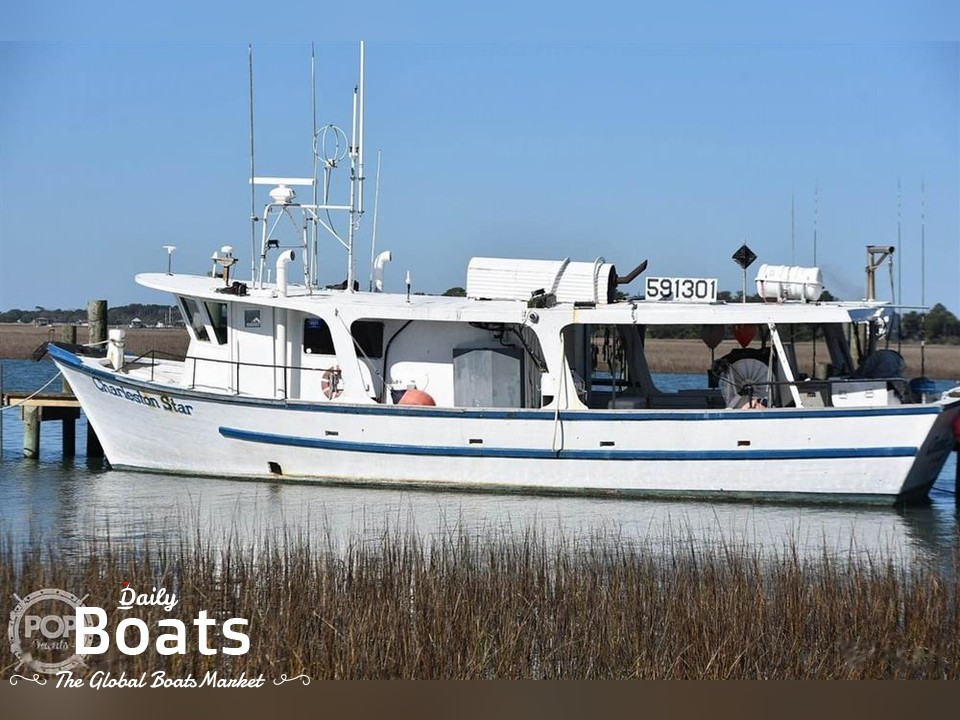Longliner vessels

What are longliner vessels?
Introduction
A longliner vessel is a type of fishing boat that is used to fish for pelagic fish, such as tuna and swordfish. The boat has a long line that is baited with hooks and is towed behind the boat. Longliner vessels are used by commercial fishermen to catch fish for sale.
The history of longliner vessels can be traced back to the early days of commercial fishing. Longliner vessels were first used in the Mediterranean Sea to catch tunny fish. The boats were then brought to the Atlantic Ocean where they were used to catch cod and other fish. In the early 1900s, longliner vessels began to be used in the Pacific Ocean to catch tuna.
Today, longliner vessels are still being used by commercial fishermen to catch pelagic fish. However, there has been a recent trend of using smaller, more fuel-efficient boats for commercial fishing. This trend is likely to continue as fuel prices increase and environmental regulations become more strict.
What is a longliner vessel
A longliner vessel is a type of fishing boat that uses a long line to catch fish. The long line is typically several miles in length and has hooks attached at intervals along its length. The hooks are baited with baitfish or other attractants, and the line is then set in the water. When fish bite the baits, they are reeled in by the fishermen.
Longliner vessels can be either commercial or recreational. Commercial longliners are usually larger than recreational boats, and they may have specialized equipment onboard for processing the catch. Recreational longliners are typically smaller boats used by sport fishermen.
Longlining is a popular method of fishing because it is relatively efficient and can be done from small boats. It is also considered to be a more sustainable way of fishing than some other methods, such as trawling, which can result in large amounts of bycatch (unwanted fish that are caught along with the target species).

The history of longliner vessels
Where do longliner vessels come from
The first longliner vessel was built in the early 19th century. These vessels were designed for fishing in the deep waters off the coast of Newfoundland, Canada. The design of these vessels has changed little over the years, with the exception of the addition of modern conveniences such as refrigeration and GPS.
How have longliner vessels evolved
Longliner vessels have evolved to meet the changing needs of the fishing industry. Today, there are many different types of longliner vessels, each designed for a specific type of fishing. For example, some longliner vessels are designed for tuna fishing, while others are designed for swordfish fishing. The evolution of longliner vessels has been driven by the need to catch more fish in a shorter amount of time.
What are the benefits of using longliner vessels?
Longliner vessels offer many benefits to fishermen. They are able to fish in deeper waters than other types of fishing boats, which means they can access a wider variety of fish. They are also less likely to damage delicate coral reefs when they drag their nets along the bottom of the ocean.
The future of longliner vessels
What trends are happening with longliner vessels
There are a few key trends that are happening with longliner vessels. Firstly, there is a trend towards larger vessels. This is in response to the ever-increasing demand for seafood, as well as the need to fish in deeper and more distant waters. Additionally, there is a trend towards more technologically advanced vessels. This includes the use of GPS and other electronic navigation systems, as well as sonar and other fishing equipment. Finally, there is a trend towards more sustainable fishing practices. This includes using more selective fishing methods and investing in new technologies that minimize bycatch and reduce the impact on the environment.
What does the future hold for longliner vessels
The future looks bright for longliner vessels. The demand for seafood is only going to increase in the coming years, and longliner vessels will play a key role in meeting this demand. Additionally, new technologies will continue to be developed that will make these vessels even more efficient and effective. And finally, there will be an increasing focus on sustainable fishing practices, ensuring that longliner vessels have a positive impact on the environment for years to come.
Conclusion
These vessels have a long history and have evolved over time to become the efficient and versatile vessels they are today. It is clear that longliner vessels have a bright future ahead, with many new trends emerging in the industry. So if you're looking for a vessel that can do it all, a longliner vessel is definitely worth considering.




